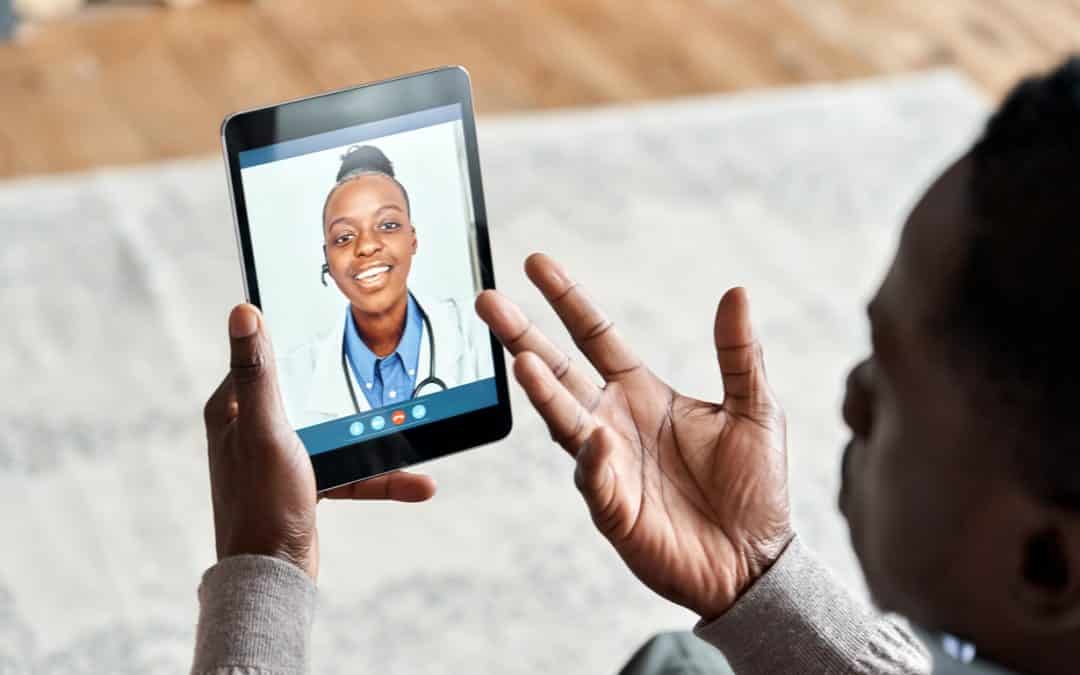Telehealth Services
Telehealth services allow individuals and families to access medical care from virtually anywhere, making healthcare more convenient, cost-effective, and accessible. As these services continue to expand, understanding how telehealth works helps you make informed decisions about your healthcare options. Whether you need support with health insurance, supplemental coverage, or benefits that include telehealth access, Vivna Insurance is here to help. You can speak with a licensed agent anytime by calling 888-730-6001 or by visiting our Contact Us page.
Understanding Telehealth Services
Telehealth services include virtual appointments, remote monitoring, digital consultations, and secure communication between patients and medical professionals. These services continue to grow because they eliminate many of the barriers associated with traditional medical care. As patients explore different health insurance options, reviewing telehealth benefits becomes essential. Many people compare telehealth coverage options through Vivna’s Health Insurance page or through reputable resources like Healthcare.gov.
Advantages of Telehealth Services
Greater Access to Medical Professionals
Telehealth services help individuals connect with medical professionals who may not be available locally. Many highly trained specialists work in metropolitan areas, making it difficult for rural patients to receive specialized medical support. Fortunately, telehealth bridges this gap by allowing patients to schedule virtual consultations. People using plans from partners such as UnitedHealthcare or Oscar Health may access expanded provider networks that support virtual appointments.
Improved Healthcare Access for Rural Communities
Many individuals living in rural areas face challenges when trying to visit a doctor’s office. Telehealth services reduce travel time, eliminate transportation concerns, and offer more flexible scheduling options. These benefits make healthcare more accessible to people who previously struggled to reach medical facilities.
Reduced Exposure to Illnesses
Telehealth services enable patients to receive care without visiting crowded clinics or waiting rooms. Remote consultations help individuals avoid unnecessary exposure to illnesses. This added layer of protection is especially valuable for people with chronic conditions or weakened immune systems.
Lower Healthcare Costs
Telehealth services often cost less than traditional in-person visits. Patients save money by avoiding travel expenses, parking fees, and time away from work. Additionally, many insurance providers offer lower co-pays for virtual services. When comparing plans through Vivna, reviewing telehealth benefits can help you secure more cost-effective coverage options.
Convenience and Time Efficiency
With telehealth services, patients can schedule appointments that fit their daily routines. There is no need for long commutes, time-consuming waiting rooms, or arranging child or elder care just to visit a doctor. This level of convenience supports better healthcare consistency and reduces unnecessary stress.
Easier Follow-Up Care
Telehealth services simplify follow-up visits after illness, surgery, or treatment. Instead of traveling to a medical office, patients can speak with providers from home. This makes it easier to ask questions, review medication progress, and monitor recovery without disrupting daily responsibilities.
Disadvantages of Telehealth Services
Variations in State Regulations
Some states regulate telehealth services differently, which may affect how patients access care. Variations in licensing may limit the availability of certain telehealth services depending on where you live. Reviewing your plan’s telehealth guidelines helps you understand which services are available in your state.
Technology and Internet Requirements
Telehealth services require a reliable internet connection, a smartphone, a tablet, or a computer. Although most providers make virtual visits simple, some individuals—especially those in areas with limited connectivity—may face challenges accessing online appointments.
Limited Physical Examination Capabilities
Telehealth services provide valuable support, yet some appointments require hands-on evaluation. Virtual appointments limit what doctors can assess without physically examining the patient. In certain cases, a nurse or technician may perform in-person assessments before a virtual consultation with a specialist.
Comfort and Technology Differences Among Age Groups
While many people enjoy the convenience of telehealth services, comfort levels vary across age groups. Younger patients often adapt quickly to virtual care, but older adults may find digital tools less intuitive. Offering ongoing support and clear instructions helps more people benefit from telehealth access.
Possible Out-of-Pocket Expenses
Some telehealth services may require additional payments depending on your insurance provider. Reviewing your plan helps you understand which virtual services are covered. Plans associated with supplemental insurance or Marketplace options found through ACA Marketplace Quotes may include telehealth benefits that reduce unexpected costs.
FAQ
What are telehealth services?
Telehealth services provide virtual medical care through video calls, online messaging, and remote monitoring. These services make it easier to access professional healthcare without traveling to a clinic.
How do telehealth services help patients save time?
Patients can attend appointments without commuting or waiting in offices. This convenience helps individuals manage their health while maintaining busy schedules.
Are telehealth services covered by health insurance?
Many plans include telehealth services, but coverage varies. Checking your policy or speaking with a Vivna agent ensures you understand what is included in your benefits.
Do telehealth services replace traditional doctor visits?
Telehealth works well for routine care, follow-ups, and minor concerns. However, some medical needs still require in-person evaluation. Reviewing your situation helps determine which option is best.
Who benefits most from telehealth?
Telehealth benefits individuals with mobility challenges, busy schedules, chronic conditions, or limited access to local healthcare providers.
Contact Us
If you want to explore health insurance options that include telehealth, Vivna Insurance can help you compare plans.
Speak with a licensed agent today at 888-730-6001.
You can also request information instantly through our Contact Us page.
Get a Free Quote

